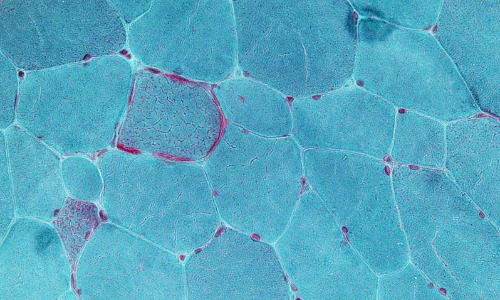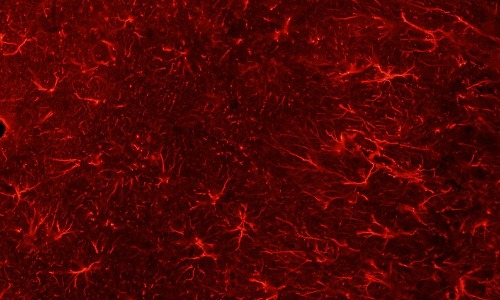Loading
Journal of Cellular Signaling
ISSN: 2692-0638
Latest Articles
The Contribution of Signaling to Unraveling the Natural History of Cancer. The Lesson of the Phosphoinositide-specific Phospholipase C Pathway
Vincenza Rita Lo Vasco
Signal transduction pathways represent the bases of physiological cell activities, and the disruption of one or more pathways is involved in several human diseases.
Phospholipases are well conserved enzymes identified in different organisms, including bacteria, yeast, plants, animals, and viruses. Phosphoinositide-specific Phospholipases C (PI-PLC) belongs to the inositide signaling pathways.

The Effects of Emtricitabine Pre-treatment on Inhibition of HIV-1 Infection in Jurkat Cells
Xue Wang , Jiangqin Zhao , Indira Hewlett
Emtricitabine (FTC) is an antiviral medication designed to diminish the presence of HIV in the body, thereby impeding or preventing harm to the immune system and the onset of AIDS-related illnesses. The precise mechanisms underlying emtricitabine's inhibition of HIV-1 replication in pre-exposure prophylaxis (PrEP) are not fully comprehended. This investigation delves into the impact of emtricitabine treatments in vitro, utilizing the susceptible Jurkat cell line.
J Cell Signal, 2025, Volume 6, Issue 3, p99-108 | DOI: 10.33696/Signaling.6.138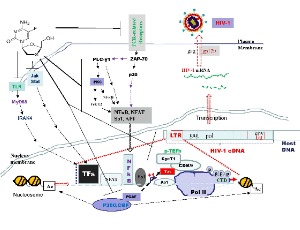
A Renewed Interest in Bioelectric Signaling: Unveiling an Epigenetic Layer of Neural Stem Cell Self-renewal and Differentiation
Chun-Chih Tseng
Neural stem cells (NSCs) are the foundation of brain development, giving rise to the vast diversity of neurons and glial cells that form the central nervous system. In the embryonic cerebral cortex, radial glia arise from primitive neuroepithelium and act as the main source of NSCs and progenitors of other glial cells that balance self-renewal with differentiation in a spatially and temporally regulated manner. Neural stem and progenitor cells can also be found in the neural crest during development, the subgranular zone (SGZ) of the dentate gyrus in the hippocampus, and subventricular zone (SVZ) of the lateral ventricles in the adult brain.
J Cell Signal, 2025, Volume 6, Issue 3, p119-121 | DOI: 10.33696/Signaling.6.140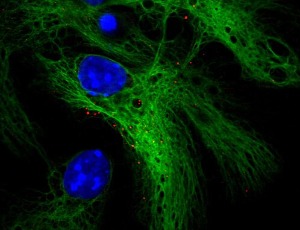
Metabolic Killing of Mitosis Addicted Cancer Cells by Targeting Aerobic Glycolysis: A New Achilles Heel of Cancer
Hilmar Warenius
The term “Achilles Heel” has often been used in relation to potentially vulnerable target molecules for anticancer drugs within cancer cells. Its generalized application to an increasing range of diverse possibilities, however, detracts from the uniquely valuable way it describes the wild-type aerobic glycolysis target which persists within the immortal cancer cell phenotype.
J Cell Signal, 2025, Volume 6, Issue 3, p109-118 | DOI: 10.33696/Signaling.6.139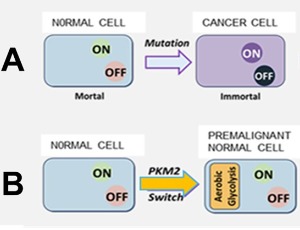
CRABP1 Signalosomes in Cellular Stress Response and Health Maintenance
Jennifer Nhieu , Fatimah Najjar , Li-Na Wei
CRABP1 is an evolutionarily conserved retinoic acid (RA) binding protein that was originally characterized to bind and sequester cytosolic RA. Classical RA signaling involves RA binding to nuclear retinoic acid receptors (RARs) to regulate gene transcription. However, recent studies have established that CRABP1 in fact forms protein complexes, with or without RA, in the cytoplasm to modulate (mostly suppress) specific signaling pathways in a cell context-dependent manner.
J Cell Signal, 2025, Volume 6, Issue 3, p122-125 | DOI: 10.33696/Signaling.6.141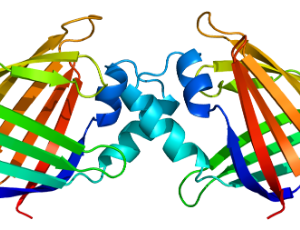
Trending Special Issues
About Scientific Archives
Scientific Archives is a global publisher initiated with the mission of ensuring equal opportunity for accessing science to research community all over the world. Spreading research findings with great relevance to all channels without any barrier is our goal. We want to overcome the challenges of Open Access with ensured quality and transparency.

